
13
BRAKING THE WHEELCHAIR
The wheelchair stops when you re-
lease the driving- and steering lever.
Always ensure an adequate braking
distance when applying the wheel-
chair brakes.
+
Note:
The shortest braking distance de-
pending on the surface condition
and speed is about 1 m at 6 km/h
and about 1.8 m at 10 km/h!
For this reason, ensure that you
brake the wheelchair in good time
when you encounter other people
or obstacles.
!
Caution:
Braking the wheelchair when
traveling downhill at high speed
can cause it to skid. Danger of
accidents!
When traveling downhill, select a
low speed!
Avoid jerky adjustments to driving
status when negotiating hills,
transverse slopes and obstacles.
Especially avoid tight turning and
jerky braking on inclines with crit-
ically set driving parameters. Dan-
ger of overturning!
Before performing maintenance
work, dismantling/mounting parts
or adjusting the settings on the
wheelchair, push the brake release
lever to the drive position and
switch off the operating module!
Accident risk resulting from in-
advertent movement of the wheel-
chair!
FIRST DRIVING EXERCISES
A low maximum speed must be pre-
selected on the control unit for the
initial driving practice. Make yourself
familiar with the driving behaviour of
the electric wheelchair in small steps.
The electric wheelchair should not be
used outside of the familiar environ-
ment or on public highways before
you have a safe control of the vehi-
cle.
DRIVING IN STREET TRAF-
FIC
The Highway Code must be complied
with when driving on public high-
ways.
Carry out a short braking and steer-
ing test after the start of motion at a
very low speed.
FUNCTIONAL CHECKS
The functions and safety of the elec-
tric wheelchair must be checked be-
fore the start of each journey.
!
Caution:
Observe the contents of the < Safe-
ty information > brochure!
The frame, cables and the batter-
ies should be checked for damage
after a collision with an obstacle.
Have any visually identified dam-
age repaired immediately by a
workshop.


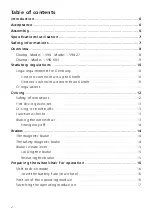
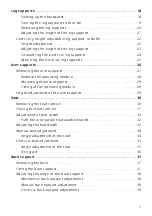

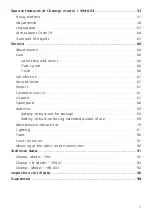
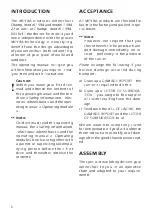

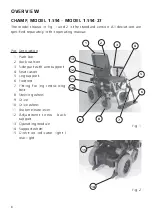
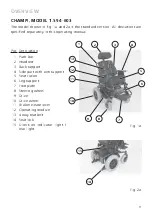
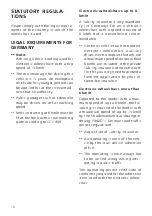

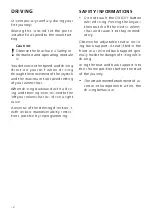

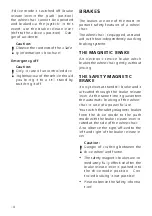

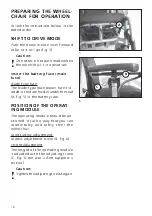

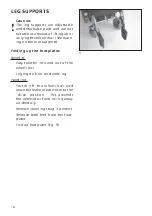
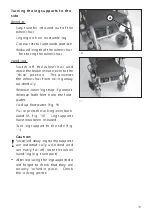
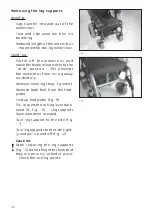
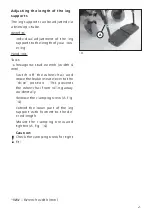
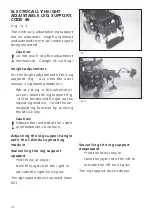

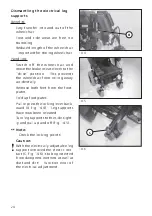
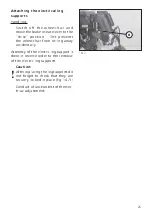


















![Dietz Rehab AS[01] User Manual preview](http://thumbs.mh-extra.com/thumbs/dietz-rehab/as-01/as-01_user-manual_2495939-01.webp)

